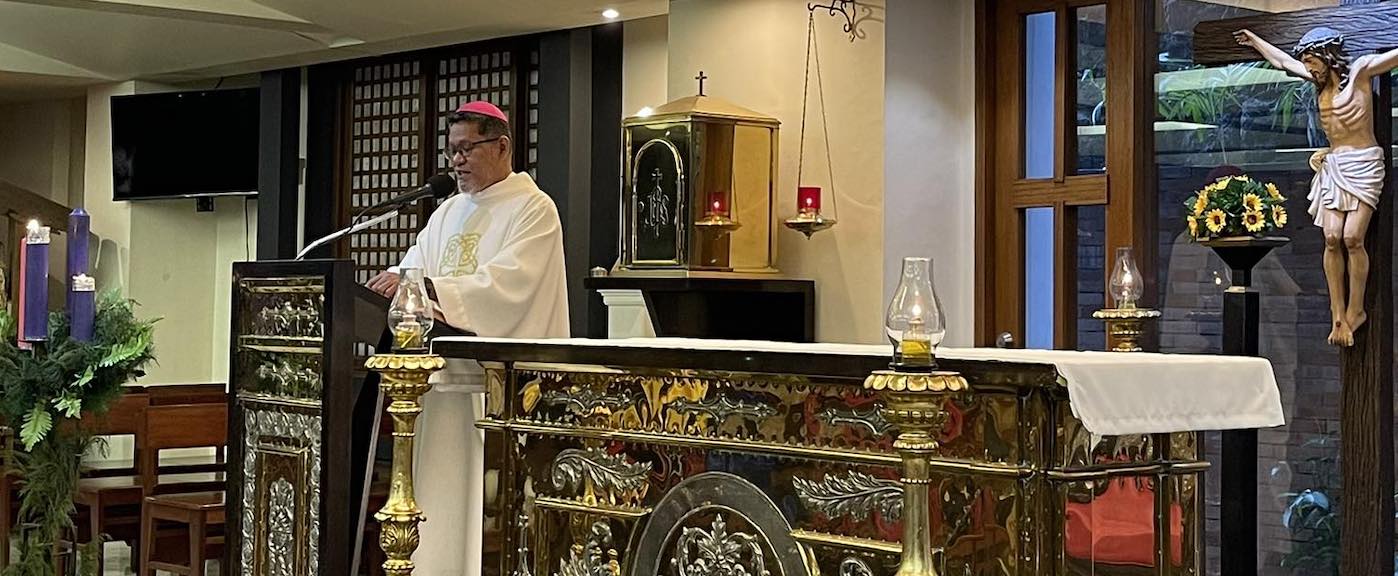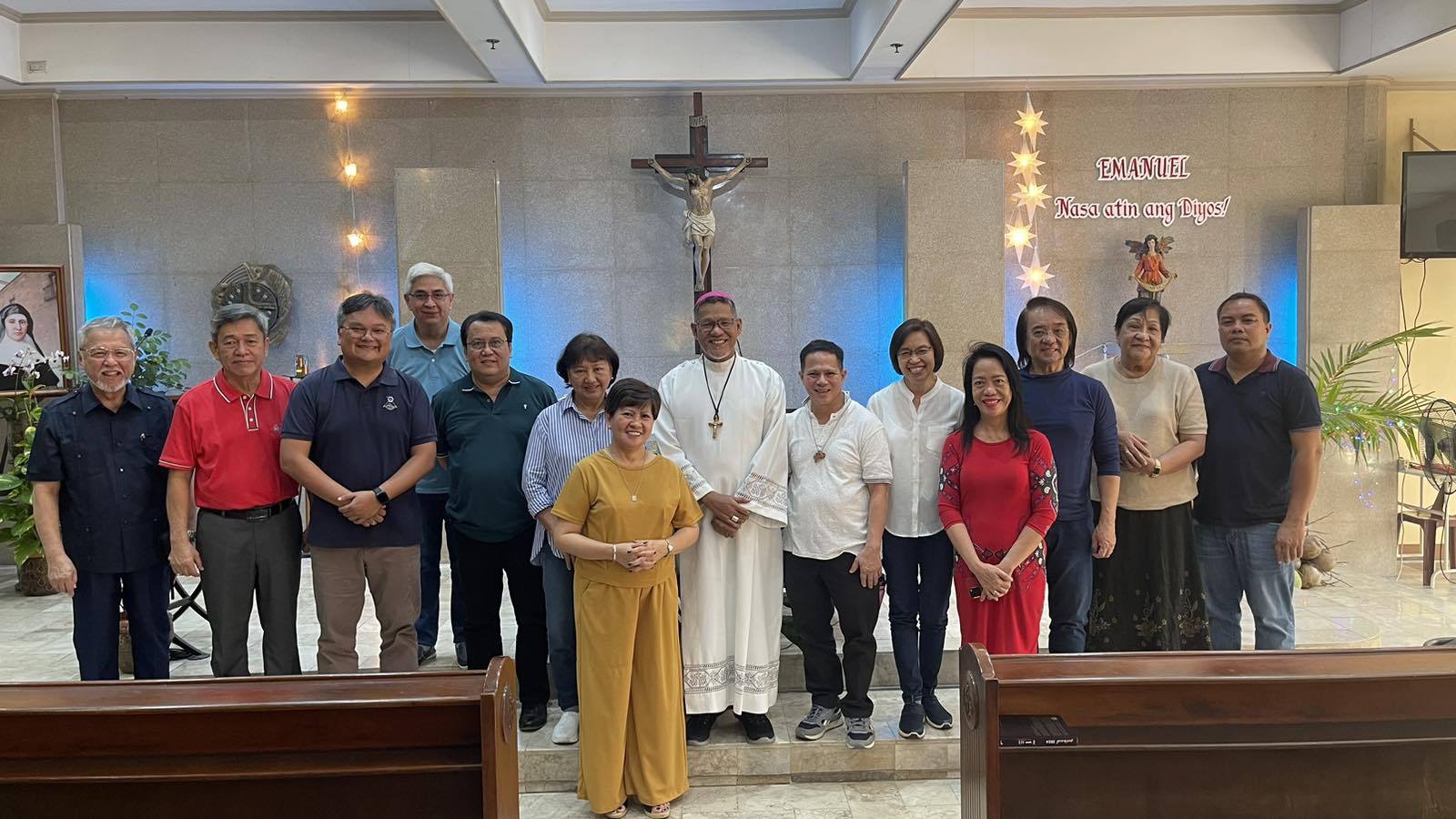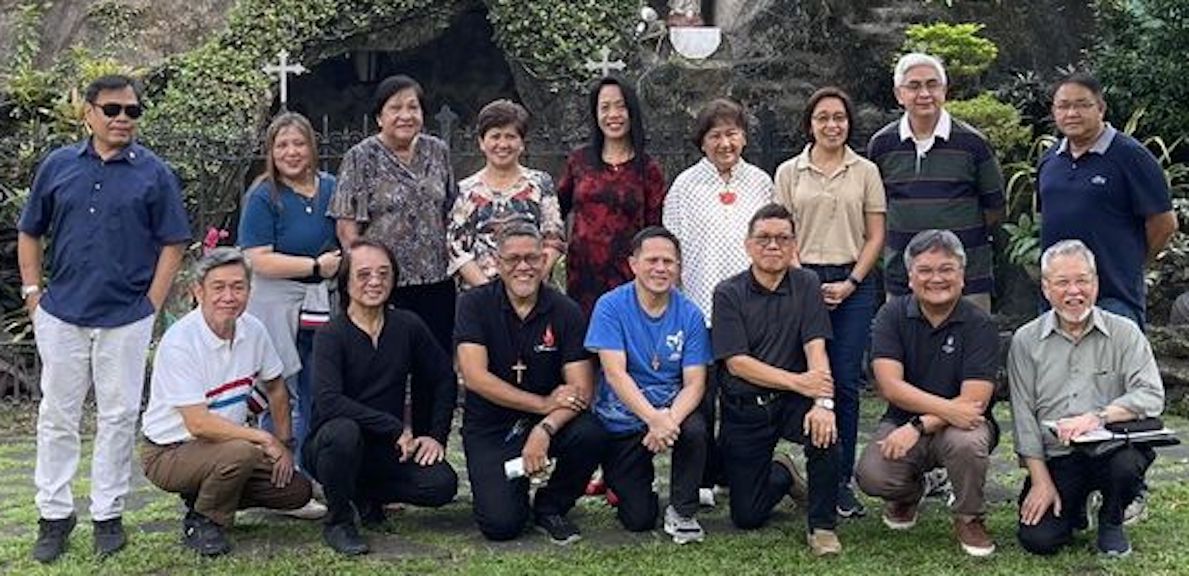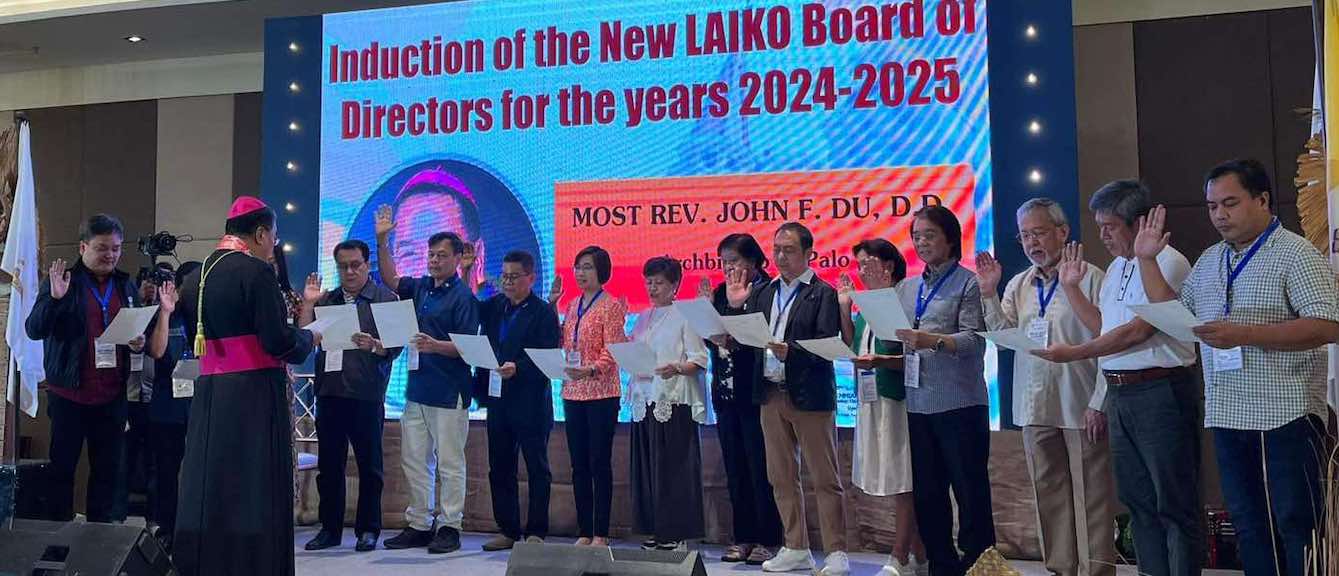God is love. The God who is love wanted to be loved. This God wanted to be loved with a human love, with the love of a mother. This God wanted a woman to receive God-Love into her womb, to bring God-Love into this world as a child, to nourish the human God-Love, to cuddle the human God-Love, to teach the human God-Love to talk, to walk, to work. The human God-Love put complete confidence in her. That is why she was preserved from everything that could make her less loving and less lovable, from the very beginning of her exist-ence.
God-love had a tender affection for Mary, the Mother of God-love. ‘Hail Mary, most graceful, most beautiful, blessed are you among women’.
We could look at the great panorama of history: it is a fresco of salvation. It goes from creation to fullness. It goes even further back than creation since we were chosen in Christ be-fore the creation of the world. Chosen in Christ to be human love-people. We can look forward beyond even the fullness of creation, and we will still, in Christ, be human love-people.
At the beginning of creation, there is a man and a woman. We call them Adam and Eve. We read how they compromised the image of God-love by what they did. What they did was not love. In the fullness of time, there is again a woman and a man. We call them Mary and Jesus. They have restored the image of God-love by what they did. What they did was love. The book of Revelation says that in the fullness of time there will be once again a woman and her son, and the woman will be crowned with twelve stars and her son will reign on the throne of love forever.
There are parallels and contrasts between the beginning and the end; between the serpent who deceives and the angel who has a message of salvation; between malediction and benediction; between fear and self-justification, and trust and abandonment.
It is all a hymn to the God-love. It is all a hymn to humanity and what it will be. God-love created humans to be love-people.
But the peculiar beauty of their created being, of their way of being love-people, is their fragility. They are not gods. They are limited and vulnerable. As such they are open to the forc-es of evil and nothingness. Their existence, and their quality as love-people, seems compromised. They keep on seeming to lose the battle. But the Living Woman and the loving Mother of all who live remains faithful to the God-love and does not let the forces of death and nothingness win out. There is too much life in her for that. And too much love.
She is the Mother of Life. She is the mother of Life that is stronger than death. She is fully Alive. She makes all living things fully Alive. The feast we celebrate today is the feast of the Mother of all the living. It is the feast of humanity, come alive. In another year of life.
After the annunciation scene, in Luke’s words, ‘the angel left her’. Angels don’t understand these things, they don’t have mothers. Mary remains alone with her secret. But not for long. She must share it, and her life, and her love, with her Son and with us.
‘Holy Mary, Mother of God-love, pray for us all, now, and at the hour when your Life is stronger than death for each of us. Amen.’
Fr. Kevin O’Shea, CSsR
2010






















